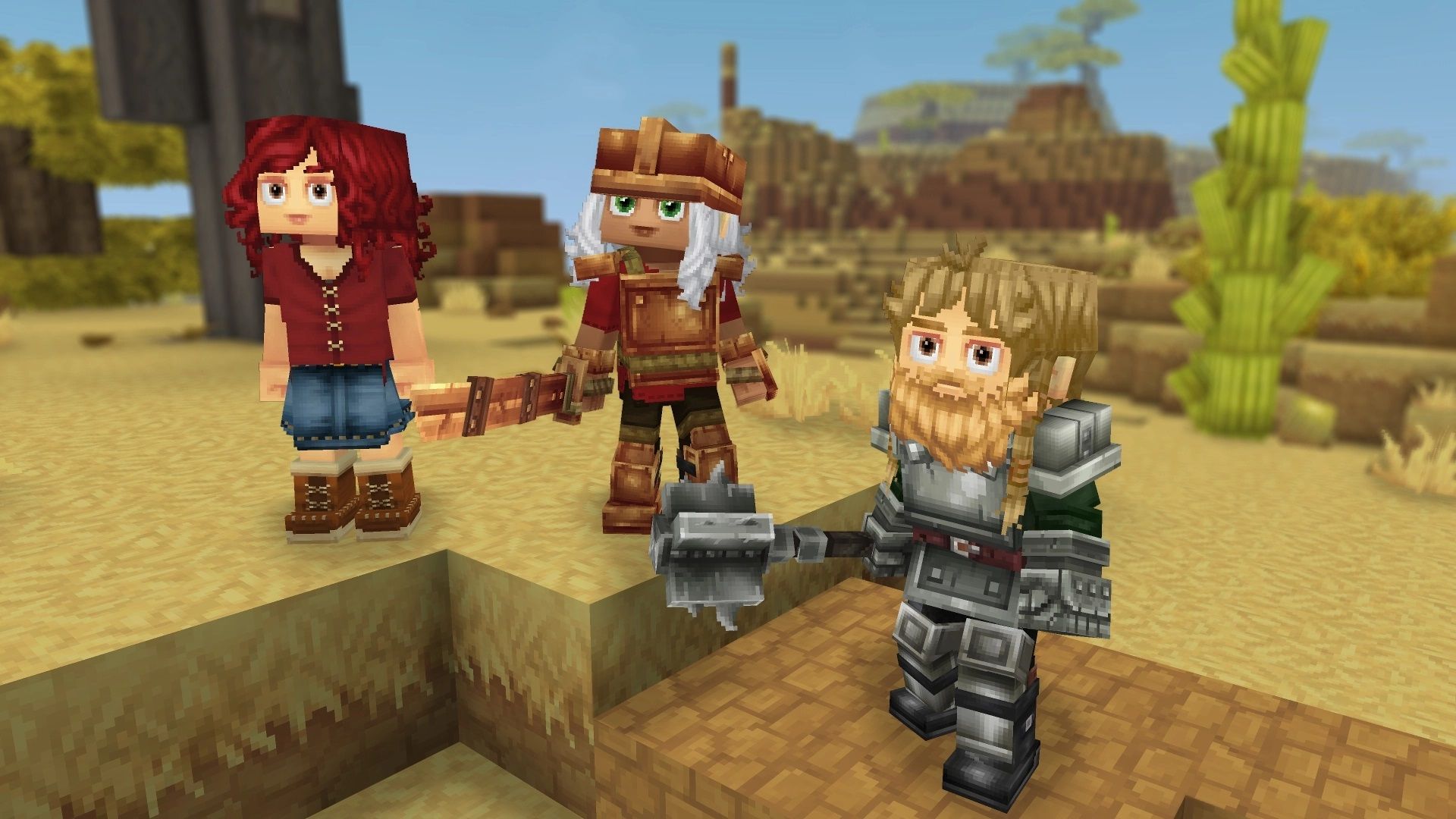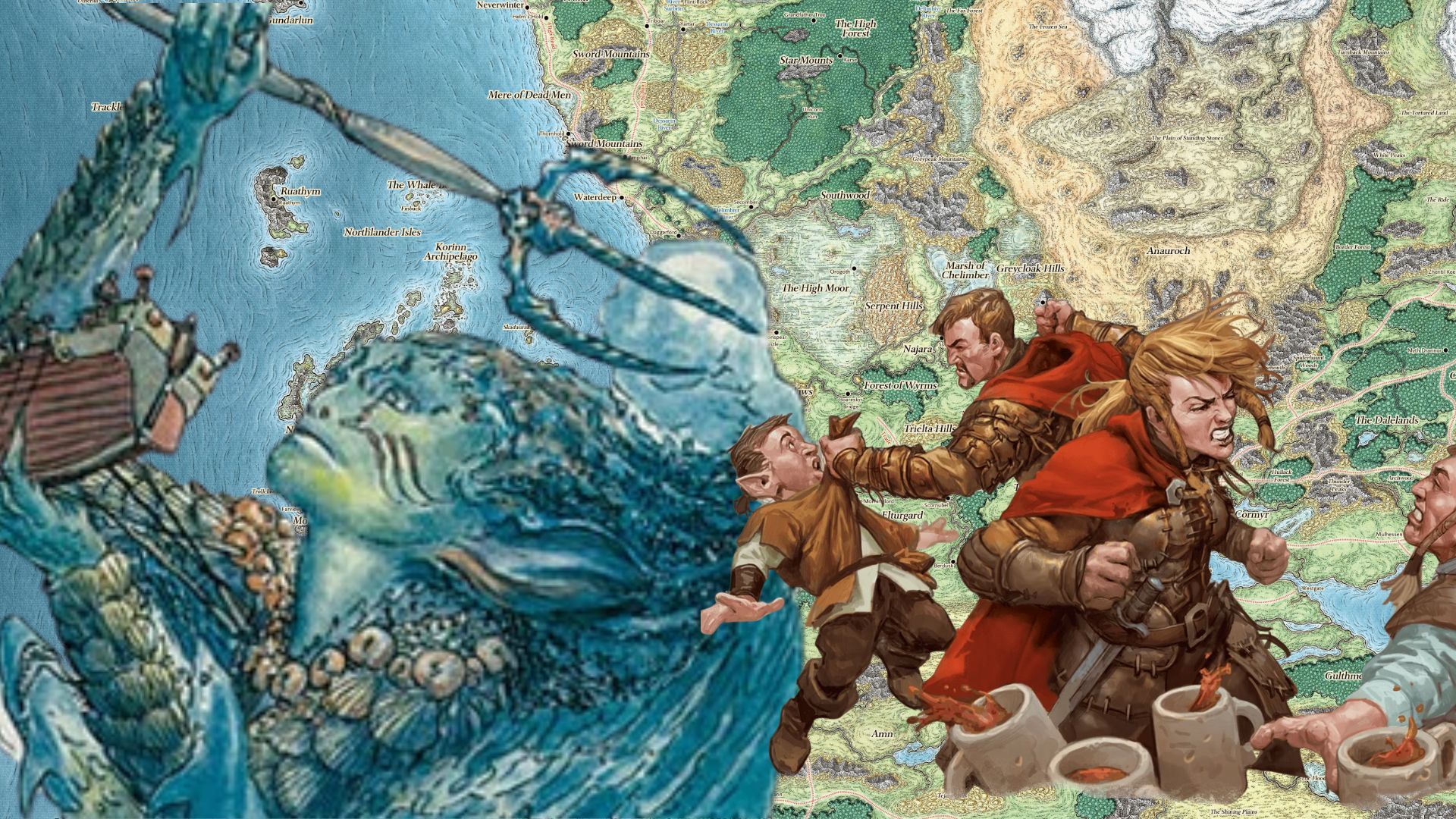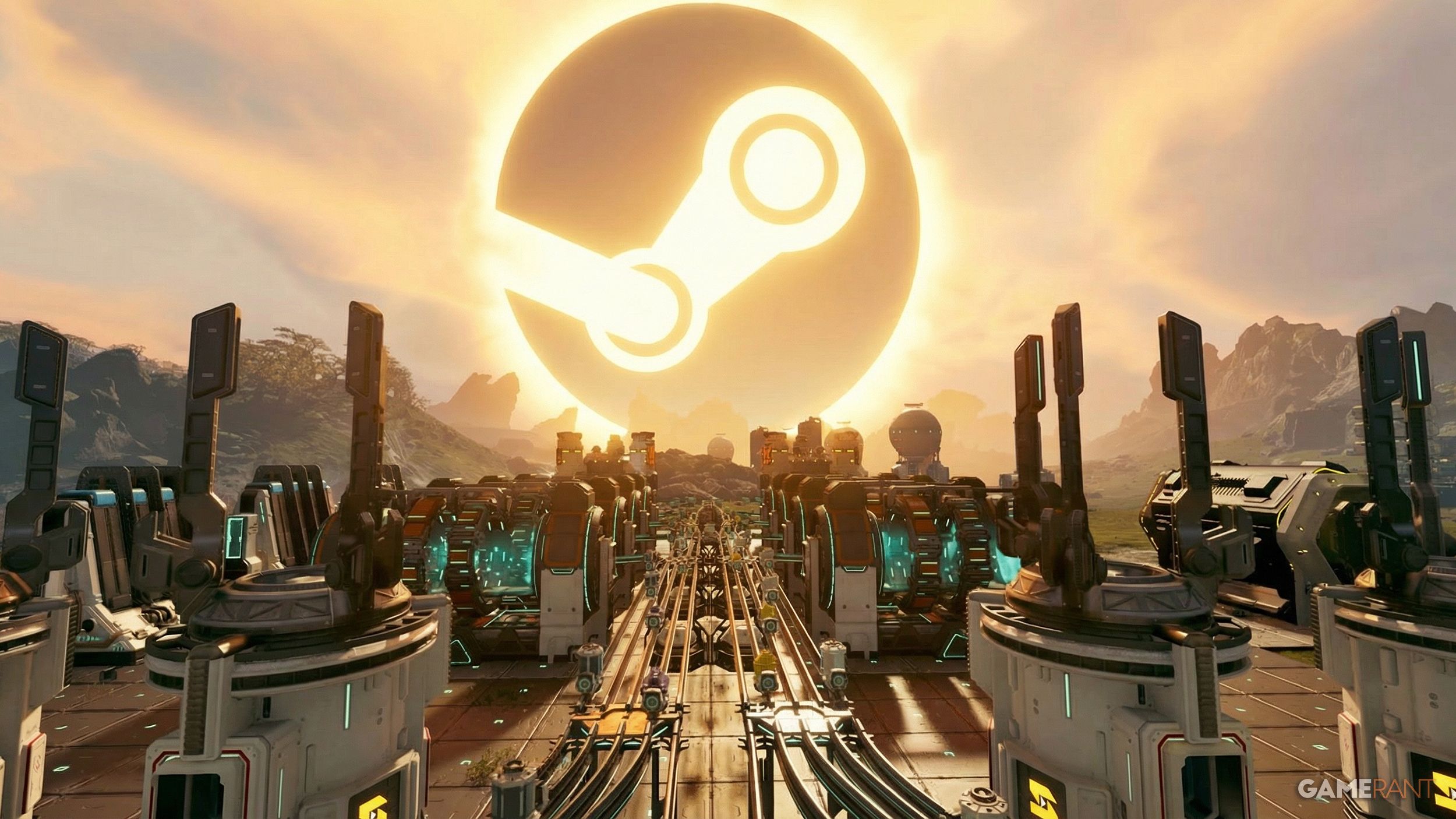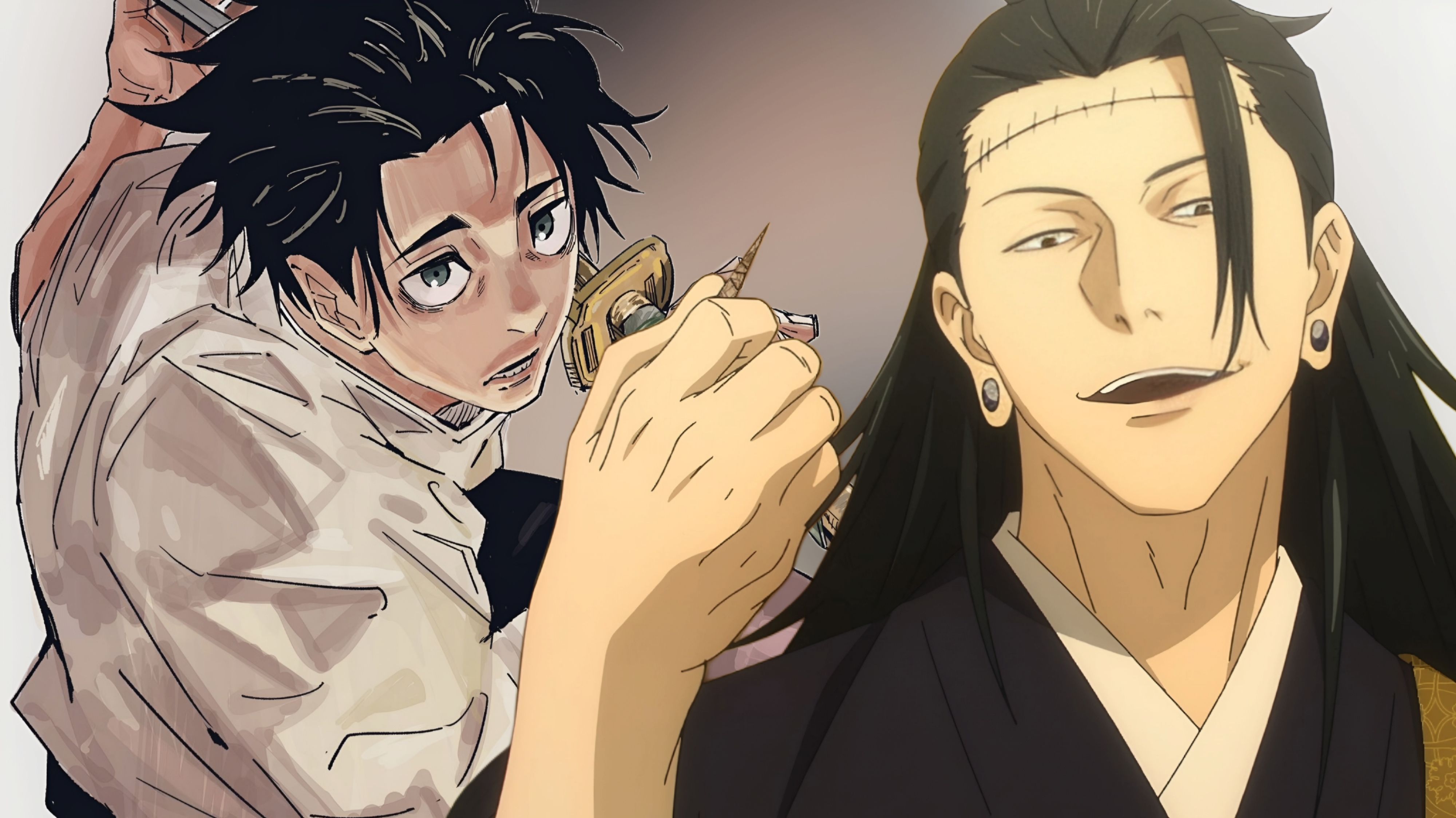It’s the End of an Era for Sony

Throughout the 1980s and 1990s, Sony continued to expand, purchasing Columbia Records and Columbia Pictures. These were then integrated into Sony Music Group and Sony Pictures Entertainment. Beyond music, film, and television, Sony entered the gaming market with the 1994 launch of the PlayStation, which quickly became the world’s best-selling console brand. More recently, in 2021, Sony bought Crunchyroll and combined it with its existing Funimation service, aiming to become a leading name in anime.
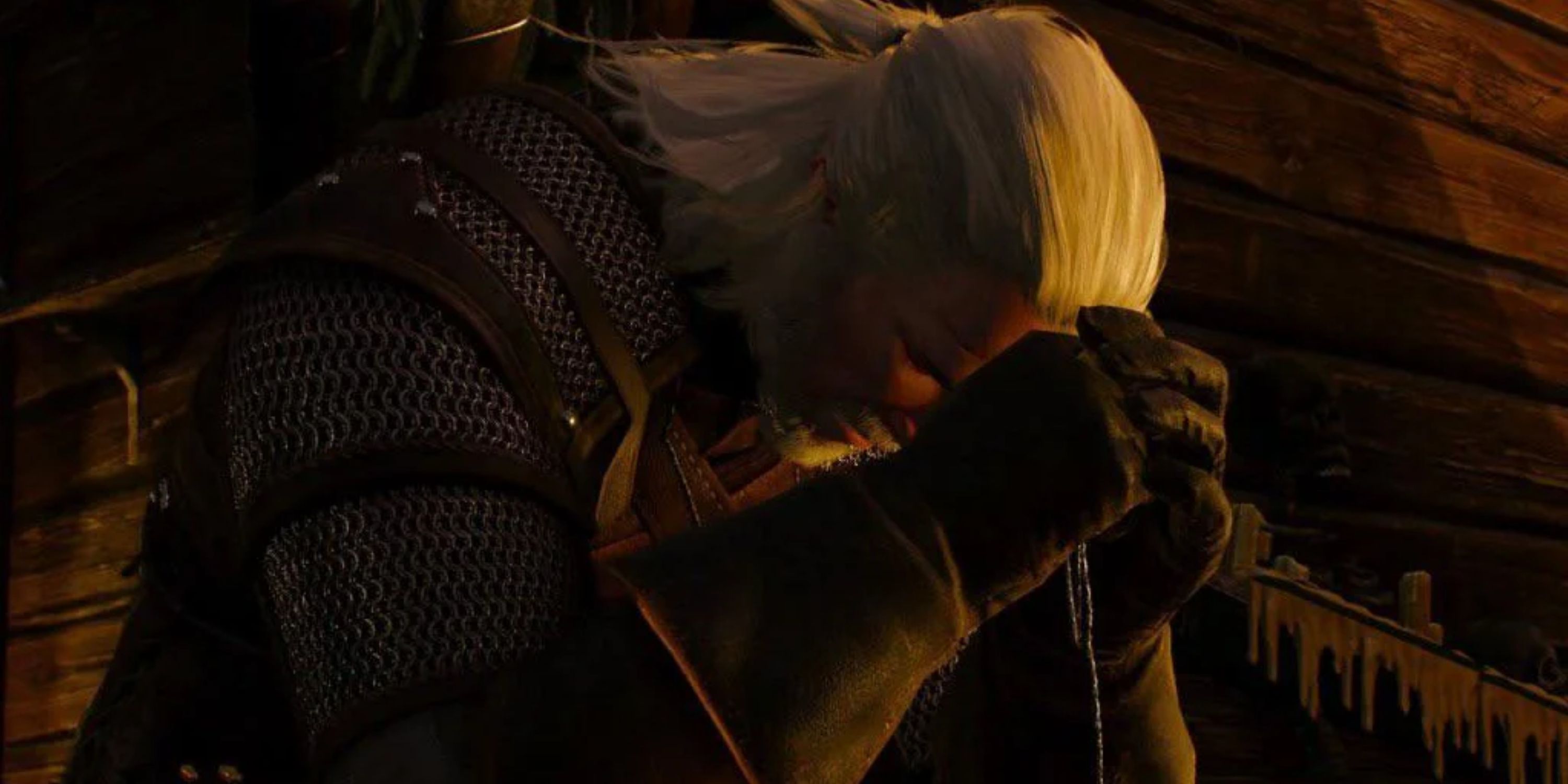
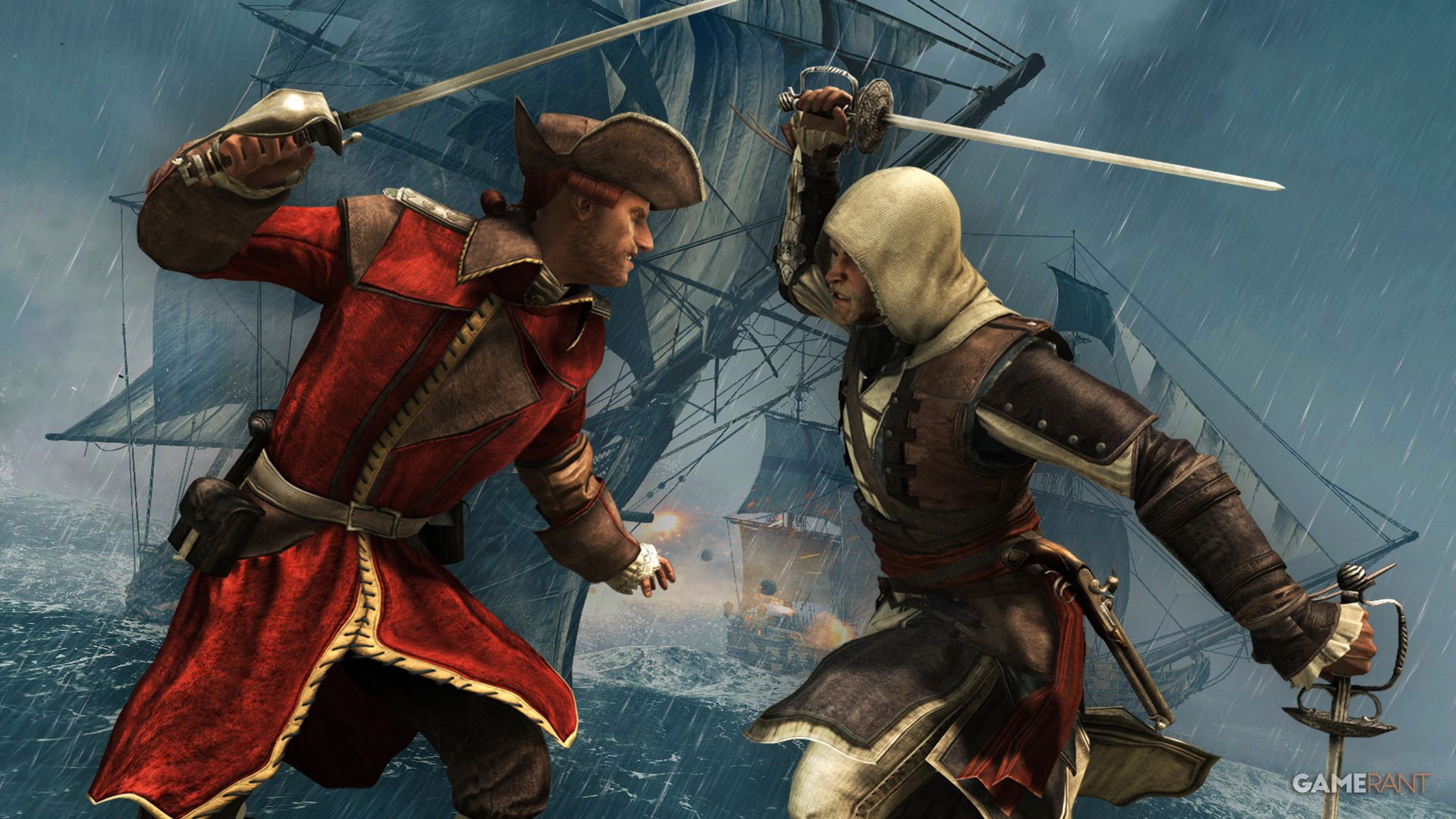
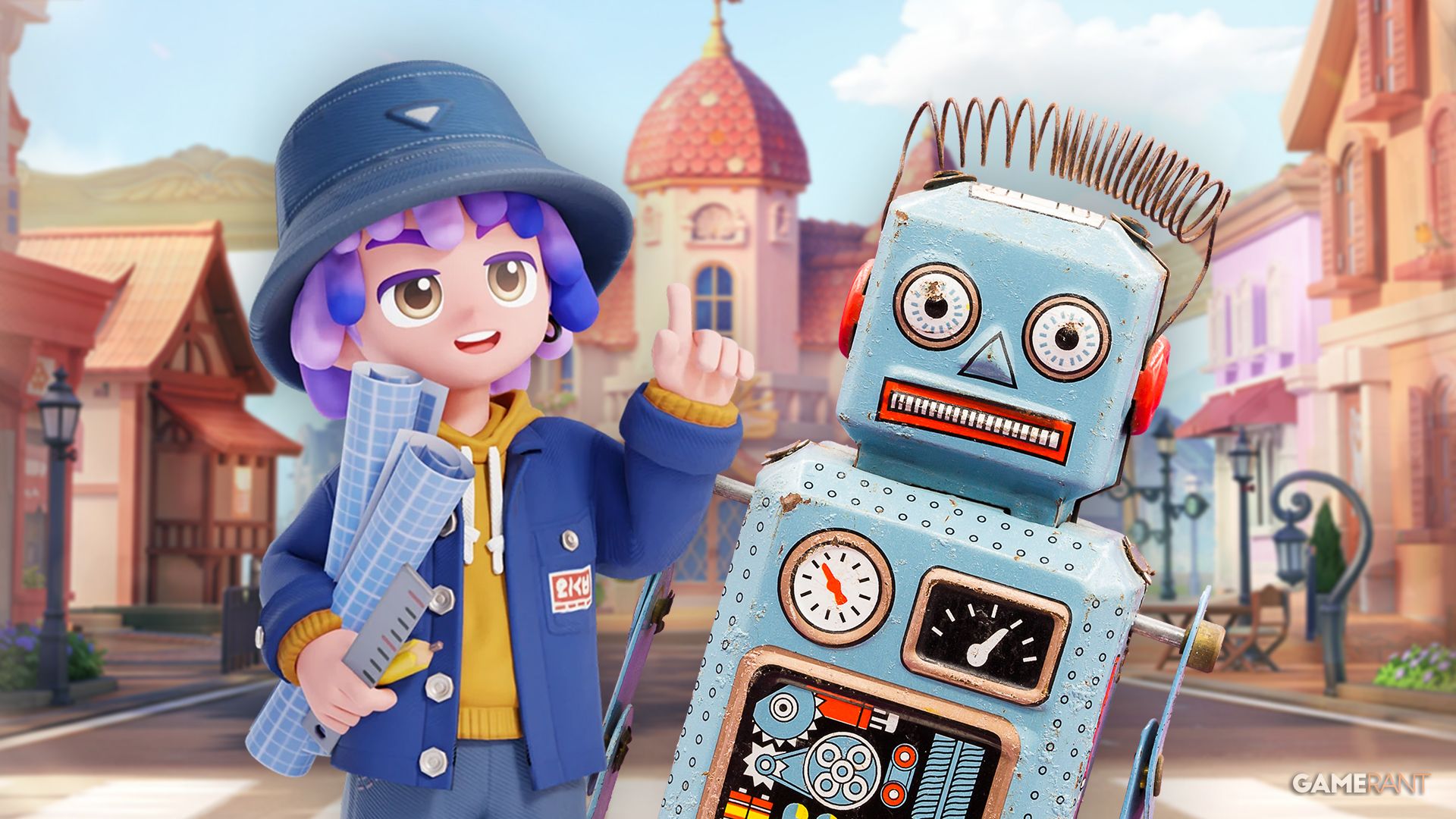
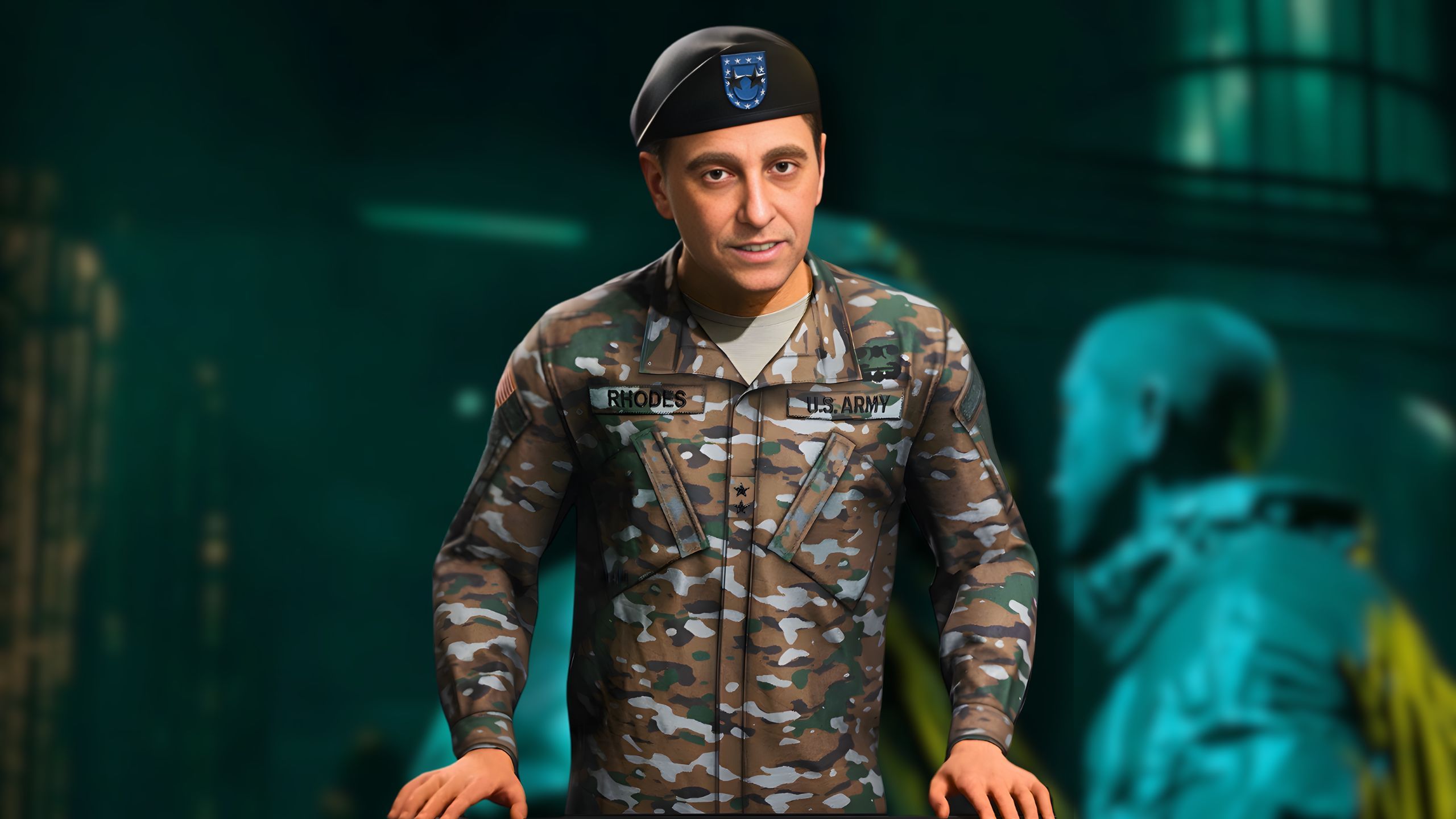
![The study establishes a 95% confidence level upper limit on the signal strength multiplier μ times the machine learning event yield [latex]S_{ev}[/latex] for the fully hadronic decay channel of [latex]Su \rightarrow u\chi \rightarrow u(Wb)[/latex], specifically when the mass of χ is 2 TeV and the parameter <i>D</i> equals 0.9.](https://arxiv.org/html/2601.11181v1/x4.png)
